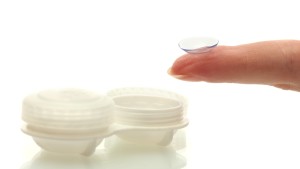Posted by: Georgia Eye Physicians and Surgeons in Latest News, Uncategorized
According to The Centers for Disease Control and Prevention (CDC), an estimated 2.2 million Americans are currently affected by glaucoma, the second most common cause of blindness. Unfortunately, it is expected that this number will rise to 7.3 million people by 2050. While the disease is mostly unable to be reversed completely, eye drops and surgical procedures are a few things the doctors at Georgia Eye Physicians and Surgeons may recommend to slow the progression of the disease. Specifically, we often use Lumenis® SLT, an FDA-cleared form of laser therapy used to lower eye pressure for primary, open-angle glaucoma (POAG), the most common type of glaucoma. This type of treatment is favorable for many glaucoma patients as it often delivers long-term control and may diminish the need for regular eye drop medication.

Due to the lack of symptoms of glaucoma, The Glaucoma Research Foundation stresses the importance of regular testing. Board-certified ophthalmologist Dr. William Segal reminds his patients that every age group is at risk for glaucoma, including young adults and even babies at time of birth. With glaucoma-treating contact lenses, patients no longer have to worry about remembering to apply their eye drops. With an easier method of therapy, millions could be saved from the potential blindness caused by glaucoma. We are looking forward to seeing what the future holds for this study.
To learn more or to schedule your test for glaucoma, please contact us. For more on the latest news in vision and eye care, be sure to connect with us on Facebook, Twitter, and Google+

